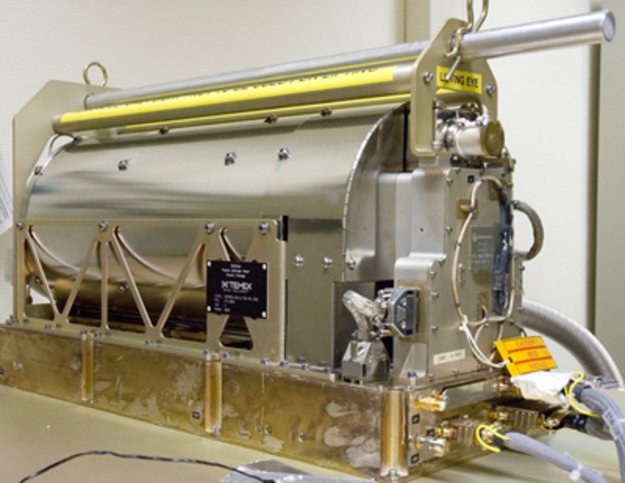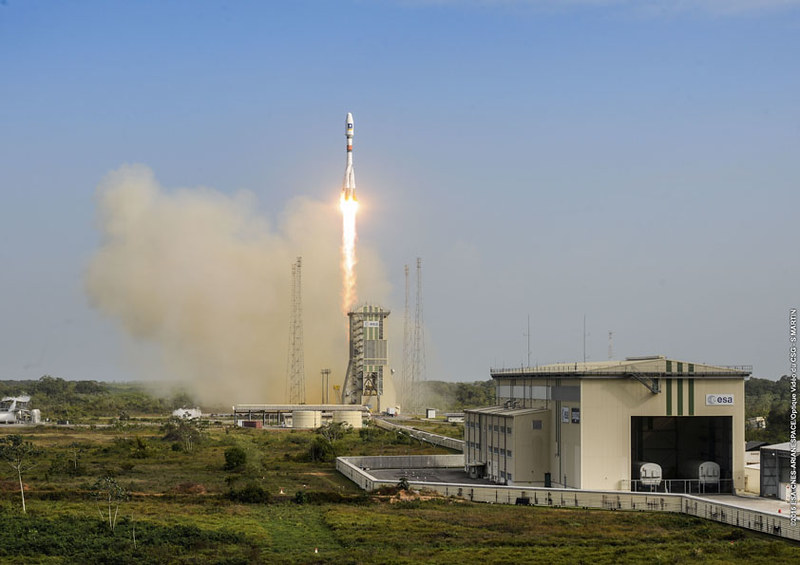New Galileo navigation system is experiencing clock failures

Source: http://www.esa.int/spaceinimages/Images/2000/09/Galileo_satellite_system
Since December 15, 2016, the new Galileo global satellite navigation system has been up and running. Unfortunately, there are some technical difficulties on the horizon, having to do with the clocks that are on board the satellites.
For a little context on Galileo, satellite navigation has been around for a while, and we’ve probably been taking it for granted in recent years. Its uses range far and wide, but its original and primary purpose was for military use. The two main providers of global satellite navigation are GPS (United States), and GLONASS (Russia). Additionally, BeiDou, a Chinese satellite global navigation system is currently under development for similar uses. While their services are currently open to the public, it was a concern to the European Union (EU) that due to potential political tension, they could be denied access to this arguably fundamental utility at any time.
It was for this reason that the European Commission conceived and began funding for the navigation system named Galileo. This was done with the efforts of the European Space Agency (ESA), responsible for the deployment and design, and the European Global Navigation Satellite Systems Agency (EGA), responsible for operational service provisions. Starting in 2003, the first of four satellites to launch were In-Orbit Validation (IOV) satellites, for testing purposes, followed by 14 Full Operational Capability (FOC) launched throughout the following years. With 18 satellites in orbit, it has been able to begin operations with its more basic services, including:
- Precise (1 m) and reliable open source navigation available to the public, including for higher latitudes where other satellite navigation systems are not as accurate
- Public regulated navigation, an encrypted service for the use of government agencies in times of emergencies
- Search and Rescue (SAR), meant to enhance previous SAR operations by reducing the wait times to a matter of minutes rather than hours, and increasing the accuracy. Additionally, a person who uses the service would be notified when their signal has been detected
When fully deployed, Galileo will have a constellation of 24 active satellites, with 6 to spare in case of complications. The original plan was as the constellation nears completion, the current services will be improved, and two additional services will be included:
- Encrypted commercial navigation with centimetre precision, which would be available for a fee
- Safety of life navigation, which will give a warning to users when certain requirements are not met, and accuracy is compromised
The cause for concern is that one vital component of a satellite in a navigation constellation is it’s on board clock. In order for a satellite to determine its position relative to the Earth and other satellites, the time difference between when a signal is sent and when it is received must be known, which requires a high degree of accuracy.
In Galileo’s case, ESA has announced a total of nine anomalies that have occurred on 5 out of 18 satellites in orbit. Each satellite in the Galileo constellation contains 4 clocks, 2 Rubidium Atomic Frequency clocks (RAF), which are currently used by most navigation systems, and two Passive Hydrogen Maser (PHM) clocks, a newer, more accurate device for tracking time. There are 36 of each type of clock in orbit. Specifically, three RAF clocks have failed, all on FOC satellites, and 6 PHM clocks have failed, with 5 occurring on IOV satellites, and one occurring on an FOC. Each satellite has multiple clocks in the event that any of them should fail, which means that every satellite in the constellation is still operating correctly, and every single satellite has a minimum of two working clocks.

Example of Galileo’s RAF clock

Example of Galileo’s PHM clock
Investigations are being carried out, but it is suspected that the main cause for the RAF failures is due to either short circuits, or a test procedure that was carried out on the ground. With regard to the PHM failures, two causes were identified, one failure being caused by a specific parameter that had a low margin, and the other being these particular clocks not restarting when they have been turned off for too long.
The main question facing engineers and scientists, is whether to continue launching the remaining satellites as scheduled, or delay the launch in order to determine the root causes of the problem. Both options come with their pros and cons. As stated by Jan Woerner, the director general of ESA,
“We can give both answers at the same time. You can say that we wait until we find the solution but that means if more clocks fail we will reduce the capability of Galileo. But if we launch, we will at least maintain if not increase the [capability], but we may then take the risk of a systematic problem is not considered. We are right now in discussion of what to do.”
Needless to say, this could potentially be quite the dilemma that ESA finds itself in, and whether or not to continue with launching satellites as scheduled is not an easy one. All things considered, one thing is certain, the clock is ticking on what move to do next, at least on most of the clocks in orbit.

Previous Galileo Satellite Launching fom Spaceport in Kourou, French Guiana, Thursday 17 December 2015.
References:
Amos, J. (2017, January 18). Galileo satellites experiencing multiple clock failures. http://www.bbc.com/news/science-environment-38664225
ESA. (2016, December 12). What is Galileo. http://www.esa.int/Our_Activities/Navigation/Galileo/What_is_Galileo
ESA. (2017, January 19). Galileo clock anomalies under investigation. http://www.esa.int/Our_Activities/Navigation/Galileo_clock_anomalies_under_investigation
Huart, J. (2002, January 3). Galileo Satellite System. http://www.esa.int/spaceinimages/Images
European Commission. https://ec.europa.eu/growth/sectors/space/galileo_en






